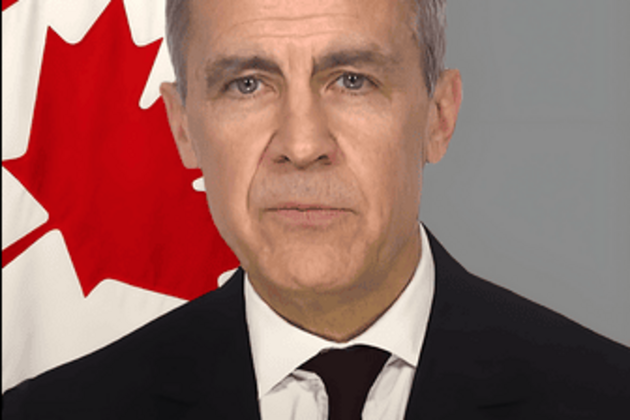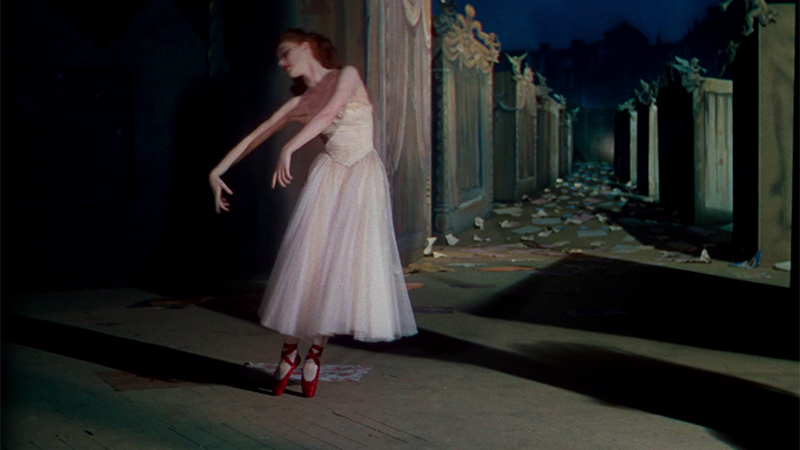The Lowdown on Glaucoma and New Treatment Options
Evertise
01 Nov 2021, 19:54 GMT+10

Glaucoma is a group of eye diseases that lead to lost vision due to optic nerve damage in the eyes. Glaucoma can create irreversible vision loss, although this sight reduction typically happens over time and many people lose peripheral vision before they're aware of major problems.
While there is no cure for this medical challenge, there are some treatment options worth knowing about. Here's the lowdown on glaucoma, so you know the basics of this common health concern.
Types of Glaucoma
Glaucoma comes in multiple forms. There are primary ones that aren't caused by another condition, and secondary ones, that are caused by other medical conditions. The most common types of glaucoma are primary open-angle glaucoma (POAG) and angle-closure glaucoma (ACG). The former is the most prevalent type, and, unfortunately, it's the form that launches a sneak attack. Most people who suffer from it don't have any symptoms until they've lost significant vision.
Angle-closure glaucoma is also referred to as acute or narrow-angle glaucoma. This type is considered a medical emergency and occurs when the outer edge of the iris blocks fluid from draining out the front of the eye. This fluid builds up fast and increases eye pressure. It can lead to blindness in a few days, so people need treatment ASAP. However, note that another type of angle-closure glaucoma occurs more slowly and may not show symptoms.
Another type of primary glaucoma is congenital, meaning in rare cases, babies are born with an issue that stops fluid from draining normally from their eye. As for secondary glaucomas, there is neovascular glaucoma, which arises when the eye makes extra blood vessels, typically due to diabetes or high blood pressure, and pigmentary glaucoma, where iris pigment flakes off and blocks fluid. This issue typically occurs in young, white, near-sighted men. Other secondary types occur, too, each with their own intricacies.
Glaucoma Symptoms
Glaucoma symptoms can vary significantly depending on the type and stage of the disease. However, signs include tunnel vision, patchy blind spots in your central or peripheral vision, eye pain, blurred vision, and eye redness. You might also see halos around lights, suffer from severe headaches, nausea and vomiting, get watery eyes, or experience a sudden loss of sight.
Diagnosis of Glaucoma
It's important to understand that you can't self-detect glaucoma. You need to see an optometrist or ophthalmologist for an exam to determine whether you have the disease or not. Protect your eyesight by having regular comprehensive eye exams (around every two years) so that glaucoma can get picked up early on and treatment started to halt or at least slow its progression.
Eye exams can include multiple tests, including measuring eye pressure, examining and photographing or measuring your optic nerve, and checking your eye's drainage angle. Eye specialists will also measure the thickness of your cornea and test your peripheral and central vision.
Who is More Prone to Get Glaucoma?
While glaucoma can happen to anyone, there are some risk factors to understand. People over 60 years of age and who are Asian, Hispanic, or black or have a family history of glaucoma tend to present more with this eye disease. As do those people with high internal eye pressure, an eye injury, or those who have had certain types of eye surgery.
You may be more at risk if you have thin-in-the-center corneas or if you're very farsighted or nearsighted. Plus, having medical conditions like high blood pressure, diabetes, sickle cell anemia, and heart disease can increase your chances of getting glaucoma. The same goes for people who take corticosteroid medications for a long time, such as eyedrops.
Treatment Options for Glaucoma
If left untreated, glaucoma can cause blindness, so it's imperative to get treatment right away to stop things from getting worse. Doctors can take a few paths to help glaucoma patients. For example, they might prescribe medicines, which are usually eye drops that lower the pressure in the eye and help prevent damage to the optic nerve. You can utilize an online prescription service as needed to access such products.
Also, eye specialists might try laser treatment to lower your eye pressure. The lasers help fluid drain out of the eye via a simple procedure that medical practitioners often do in their offices. If the first two options don't work effectively, a physician might advocate for surgery to ensure the fluid properly drains out of your eye.
Also, keep in mind that vision rehabilitation services and devices can assist if you're struggling with everyday activities due to vision loss from glaucoma.
Glaucoma can be a worrying and harmful eye disease, and it is prevalent, so don't neglect to get eye checks. The sooner you can pick up on a problem, the sooner you can start treatment to halt the disease's progress.

 Share
Share
 Tweet
Tweet
 Share
Share
 Flip
Flip
 Email
Email
Watch latest videos
Subscribe and Follow
Get a daily dose of Charlotte Star news through our daily email, its complimentary and keeps you fully up to date with world and business news as well.
News RELEASES
Publish news of your business, community or sports group, personnel appointments, major event and more by submitting a news release to Charlotte Star.
More InformationBusiness
SectionWall Street diverges, but techs advance Wednesday
NEW YORK, New York - U.S. stocks diverged on Wednesday for the second day in a row. The Standard and Poor's 500 hit a new all-time...
Greenback slides amid tax bill fears, trade deal uncertainty
NEW YORK CITY, New York: The U.S. dollar continues to lose ground, weighed down by growing concerns over Washington's fiscal outlook...
Taliban seeks tourism revival despite safety, rights concerns
KABUL, Afghanistan: Afghanistan, long associated with war and instability, is quietly trying to rebrand itself as a destination for...
Nvidia execs sell $1 billion in stock as AI boom drives record prices
SANTA CLARA, California: Executives at Nvidia have quietly been cashing in on the AI frenzy. According to a report by the Financial...
Tech stocks slide, industrials surge on Wall Street
NEW YORK, New York - Global stock indices closed with divergent performances on Tuesday, as investors weighed corporate earnings, central...
Canada-US trade talks resume after Carney rescinds tech tax
TORONTO, Canada: Canadian Prime Minister Mark Carney announced late on June 29 that trade negotiations with the U.S. have recommenced...
Business
SectionWall Street diverges, but techs advance Wednesday
NEW YORK, New York - U.S. stocks diverged on Wednesday for the second day in a row. The Standard and Poor's 500 hit a new all-time...
Greenback slides amid tax bill fears, trade deal uncertainty
NEW YORK CITY, New York: The U.S. dollar continues to lose ground, weighed down by growing concerns over Washington's fiscal outlook...
Taliban seeks tourism revival despite safety, rights concerns
KABUL, Afghanistan: Afghanistan, long associated with war and instability, is quietly trying to rebrand itself as a destination for...
Nvidia execs sell $1 billion in stock as AI boom drives record prices
SANTA CLARA, California: Executives at Nvidia have quietly been cashing in on the AI frenzy. According to a report by the Financial...
Tech stocks slide, industrials surge on Wall Street
NEW YORK, New York - Global stock indices closed with divergent performances on Tuesday, as investors weighed corporate earnings, central...
Canada-US trade talks resume after Carney rescinds tech tax
TORONTO, Canada: Canadian Prime Minister Mark Carney announced late on June 29 that trade negotiations with the U.S. have recommenced...







